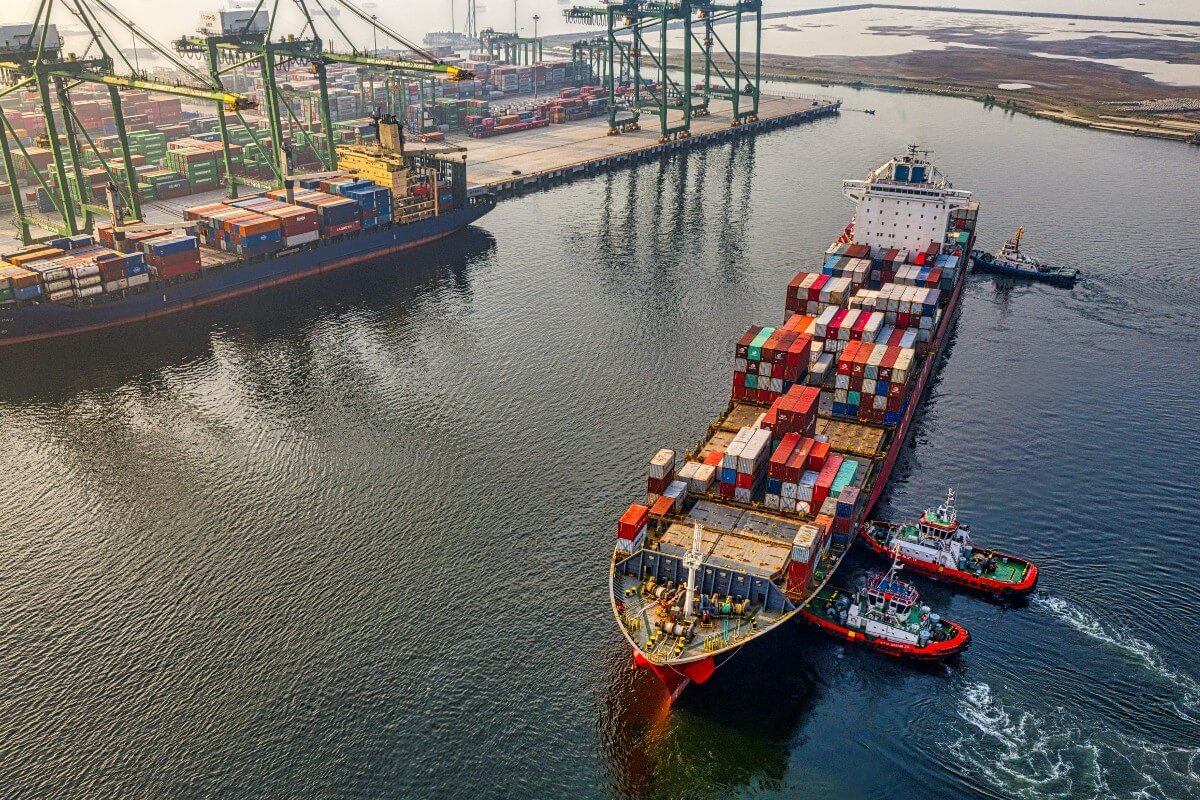The cost of bad data in supply chain management - here’s how to tackle it
Jul 01, 2022
Scroll to find out more
Jul 01, 2022
Scroll to find out more

Supply chain management heavily relies on data for forecasting, planning and performance monitoring.
But when that data is unreliable, inaccurate and late, businesses struggle to make informed decisions and identify issues before they become problems.
So, how can you tell whether your data in supply chain management is bad or good?
When teams are working on outdated and untrustworthy data, they are unable to forecast effectively and react to change quickly, leading to increased costs and delays.
However, identifying where you have bad data can help you to determine solutions to improve data quality and start trusting your data.
Here are some examples of how bad data could be impacting your business and how to work towards achieving more reliable, accurate and real-time data.
From manual processes to poor visibility, there are multiple opportunities for bad data, or lack of it, to influence your team’s decisions. When information is outdated and inaccurate, mistakes can be made. These mistakes could be costly, cause delays and lead to missed opportunities.
When teams are not able to confidently make decisions, other aspects of your supply chain suffer. For example, ordering based on inaccurate data can lead to excess inventory, shortages and additional obstacles, which can greatly impact your supply chain, and therefore, business performance.
Delayed reactions to change, such as products being delayed by the supplier, can also cause unnecessary costs. Having information spread across emails and excel sheets can lead to missed information that could be costly.
If your teams are making supply chain decisions on bad data, they can’t work to:
In short, if your data is bad, you may as well not have it.
When you have quality data, you can start to make improvements through supply chain management. From improving delivery times to finding ways to reduce costs, data gives the bigger picture of how your supply chain is performing against business needs.
But how can your team improve data quality? Find out some solutions below!
The first step to obtaining good, quality data, is working with natively digital partners. These are partners that live and breathe data for their own operations and can bring you and your team along with them.
Working with a digital freight forwarding partner provides you with tools and technology to start gathering data and sharing it with teams so they can make informed decisions. For example, with the Zencargo platform, customers can gain real-time data at the SKU or item level, ensuring that decisions made are based on accurate and up-to-date information. This real-time data lives on a centralised platform so information can easily be found and shared with internal teams.
The difference between a traditional and digital forwarder is that digital partners like Zencargo run on a data-first approach. This means that they focus on connecting customers with the right data at the right time while offering traditional freight forwarding solutions.
The second step is working towards better data management. This is the process of collecting, processing and validating the data you have. By working on your data management, your teams can have better data availability and accuracy.
Question your data management capabilities to establish where improvements could be made:
The supply chain has an abundance of data, but it’s about working out which pieces of data are most relevant to your team and for achieving business goals.
Once you have good data, you need to start thinking about how data can help you to meet KPIs that align with business objectives and supply chain goals. Some examples of what you might want to improve:
Business intelligence tools can help your team to make better decisions by using present and historical data.
Using historical data allows you to self-heal and spot anomalies before they cause an issue. Teams can look at the data to understand how this happened and why, establishing solutions to fix the problem before it starts, or continues, to increase costs and time.
Comparing current performance data with historical data can also help you to track performance against your goals and KPIs. By comparing the two, teams can spot trends that could be impacting their business goals. For example, certain suppliers might frequently not have products ready for the ready date.
Improving your overall view of data and the quality of data received can enable teams to work more effectively towards business goals.
Not able to confidently make a decision? Don’t have visibility over your data for a full picture? Join me, James Fry, Director of Supply Chain Development, at Navigate on 7th July at 2-5pm BST for solutions and tips on how you can improve supply chain visibility.

To find out how you can take control of your supply chain costs and stay ahead...

To find out how you can navigate a path through uncertainty, book your free str...

To find out more about how Zencargo’s digital freight forwarding experts and te...